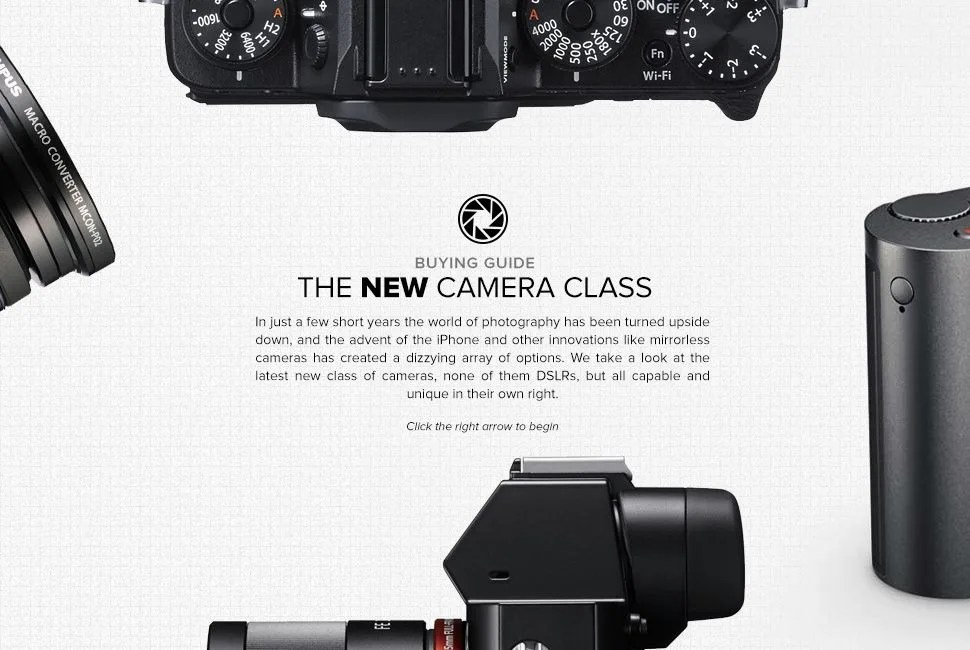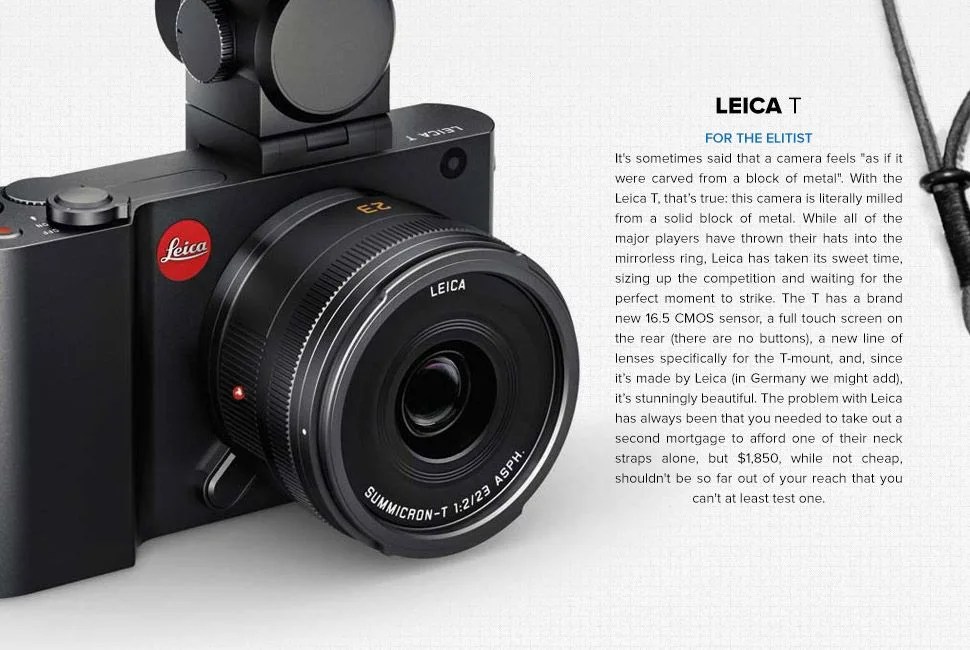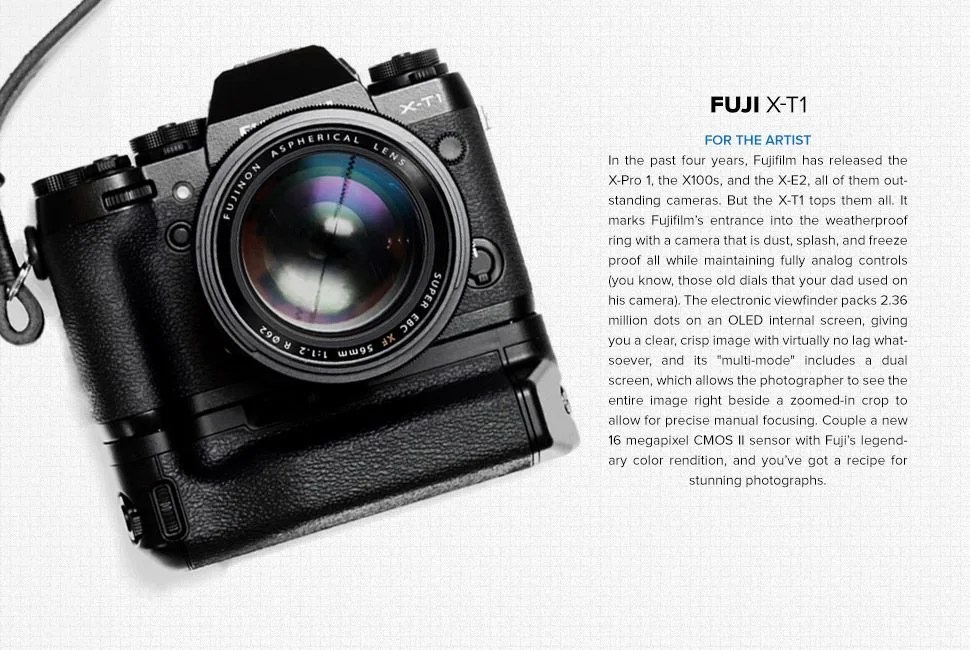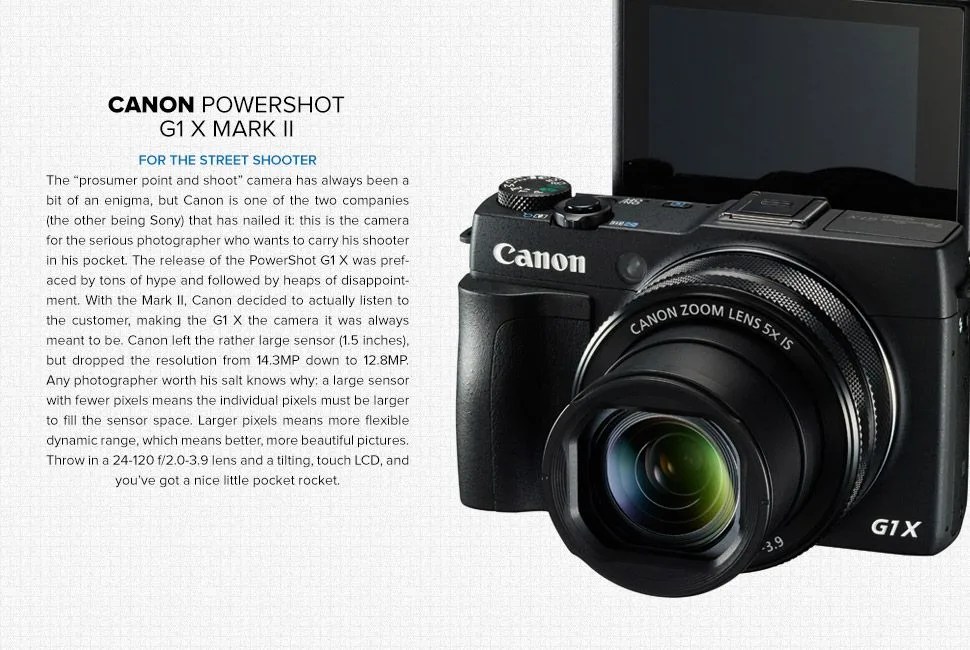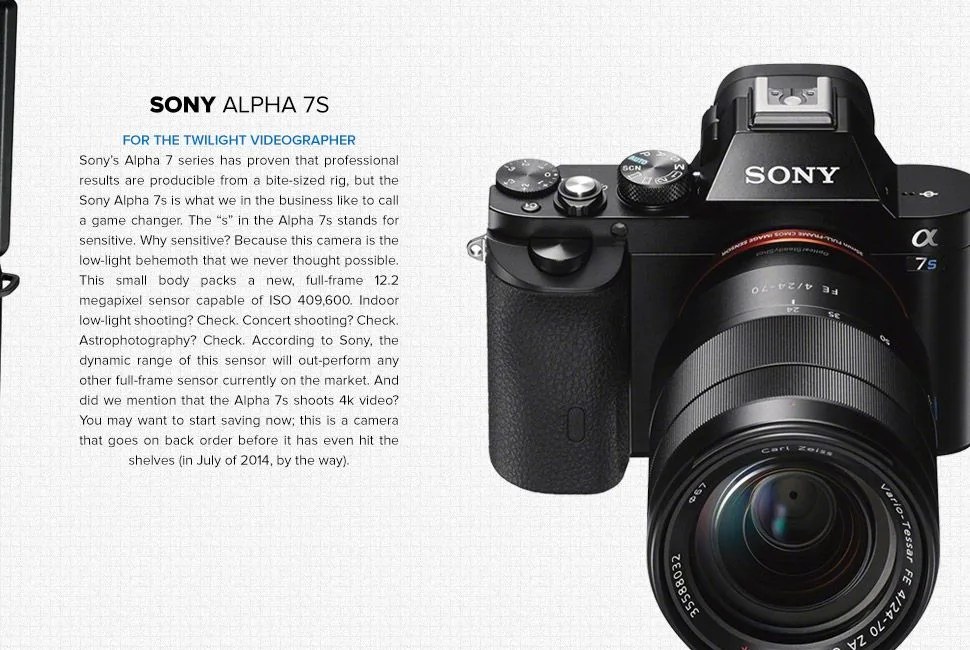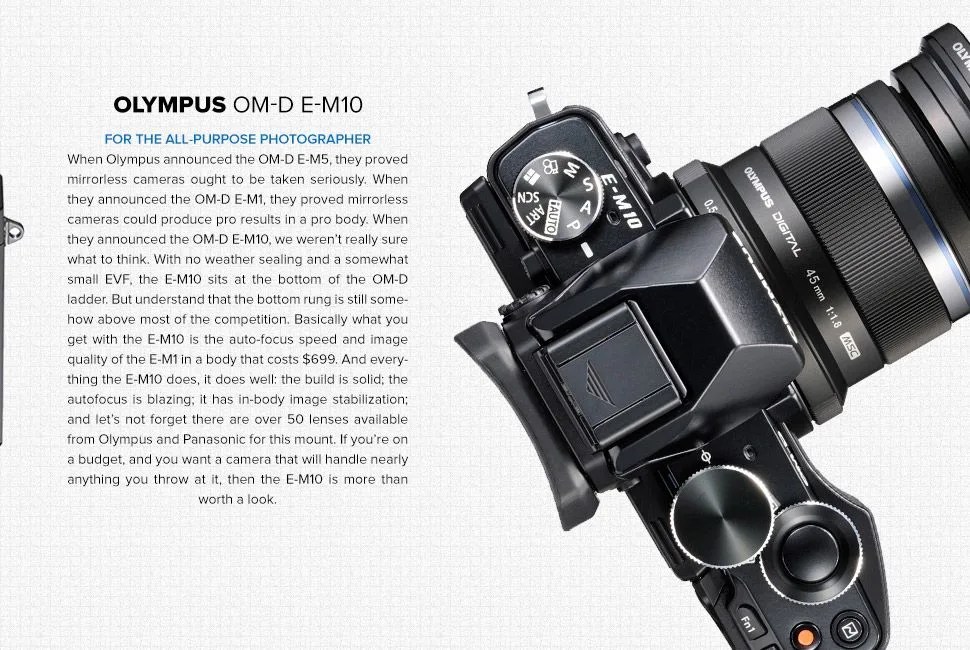6 original photos
The world of digital cameras has become a chaotic melting pot of bells, whistles, and clever advertising all aimed at proving one shooter better than its competitors. While we appreciate carbon fiber shutter releases and rear screens with built-in stock tickers, it’s nice to know which cameras are actually worth their price tag when it comes to features and image quality. Now a new class of cameras, none of them DSLRs, is muddying the waters more than ever before. Each is capable and unique in its own right; if one of them doesn’t tickle your fancy, there’s something wrong with your fancy.

Leica T
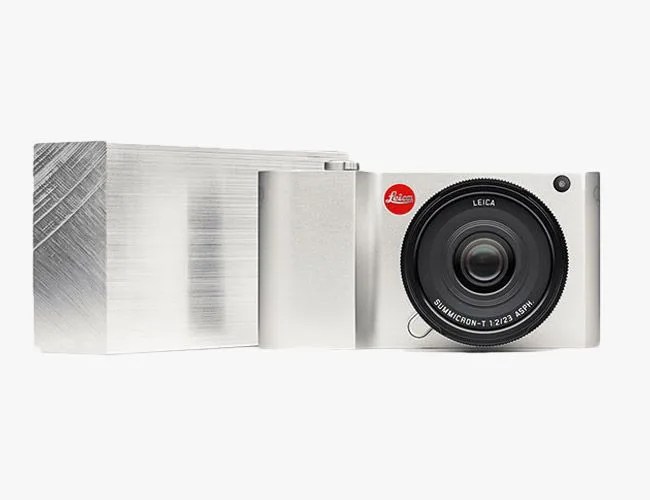
For the Elitist: It’s sometimes said that a camera feels “as if it were carved from a block of metal”. With the Leica T, that’s true: this camera is literally milled from a solid block of aluminum. While all of the major players have thrown their hats into the mirrorless ring, Leica has taken its sweet time, sizing up the competition and waiting for the perfect moment to strike. The T has a brand new 16.5 CMOS sensor, a full touch screen on the rear (there are no buttons), a new line of lenses specifically for the T-mount, and, since it’s made by Leica (in Germany we might add), it’s stunningly beautiful. The problem with Leica has always been that you needed to take out a second mortgage to afford one of their neck straps alone, but $1,850, while not cheap, shouldn’t be so far out of your reach that you can’t at least test one.
Fuji X-T1
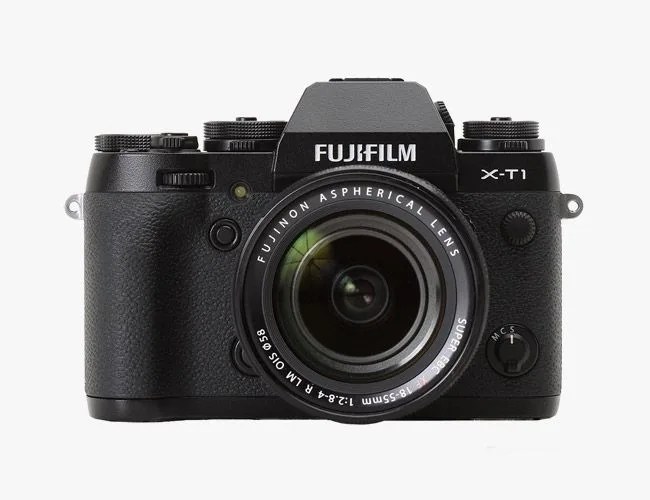
For the Artist: In the past four years, Fujifilm has released the X-Pro 1, the X100s, and the X-E2, all of them outstanding cameras. But the X-T1 tops them all. It marks Fujifilm’s entrance into the weatherproof ring with a camera that is dust, splash, and freeze proof all while maintaining fully analog controls (you know, those old dials that your dad used on his camera). The electronic viewfinder packs 2.36 million dots on an OLED internal screen, giving you a clear, crisp image with virtually no lag whatsoever, and its “multi-mode” includes a dual screen, which allows the photographer to see the entire image right beside a zoomed-in crop to allow for precise manual focusing. Couple a new 16 megapixel CMOS II sensor with Fuji’s legendary color rendition, and you’ve got a recipe for stunning photographs.

